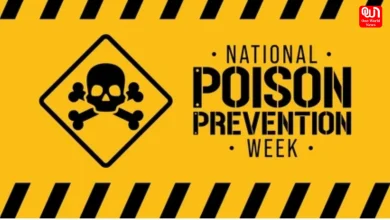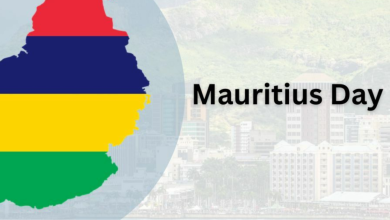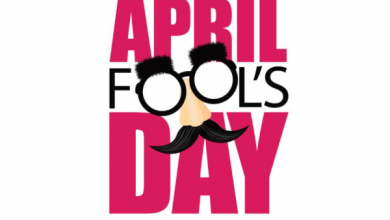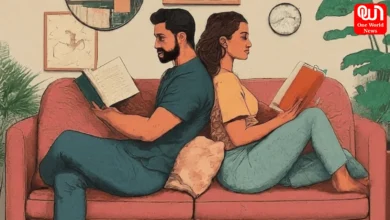A year down with covid-19 and India has witnessed it all

A sneak peek at a year with covid-19, the experiences and the lessons learnt
The year 2020 was no less than a 20-20 cricket match for this world, with months of struggle, hardships and hit wickets. India detected its first case of coronavirus infection on 30th January 2020 and since then it’s been a year now and India has witnessed it all. The government put an immediate ban on international flights leaving many who travelled to their hometown during the Holi festival just for a week stuck, once and for long. While, the most hit remain the labourers working in the unorganised sector, as they suffered the loss of jobs, livelihood, increasing debts, hunger, migration and loss of lives. India was about to become home to the largest number of infected people in the world. More than 1,200 people were dying every day. While millions lost their jobs and livelihoods due to the lockdown.
During the first few months of covid-19, Indians seemed optimistic, co-operative as there was hope that the condition would be back to normal soon. But as the months passed the monotony of lifestyle started hitting hard. The doctors admitted a surge in patients coming with depression, anxiety, insomnia related to the covid-19 pandemic, and because of the disruption or halt in critical mental health services. While for some, it has been a time to learn new things and in fact coming up with their own startups. Several challenges were trending on social media sites that helped netizens beat lockdown blues. From the Dalgona coffee to the saree challenge, social media users came up with several to keep them busy during the coronavirus lockdown. The worldwide trend of hashtags and stickers such as #stayhomestaysafe, #workfromhome, #flattenthecurve gave some sense of collective belongingness amidst all the chaos. While the demand for online games like ludo peaked.
Read more: Will Privatisation help India in the longer run
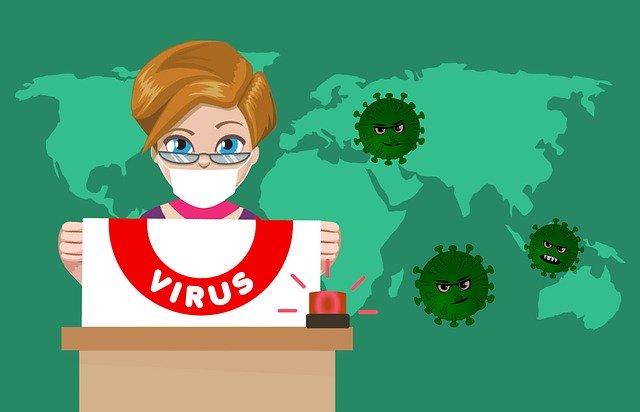
Social distancing, masks and sanitisation became a new normal for the world. However, the earth’s ecology got time to breathe easy, as humans locked themselves inside their houses. Every day brings viral stories and images, some real, several fakes of Nature reverting to her pristine glory in the absence of human meddling for over two months. We witnessed clearer skies, cleaner air that snowclad Himalayan peaks became visible from distant plains; the lockdown has managed to do to the Ganga what even the government schemes to clean it up couldn’t; the Cauvery, usually bone-dry by this time of the year, flows unfettered and clean; while several exotic animals found claiming public spaces.
India also observed some very unfortunate incidents of hate and unapologetically careless reporting by the television media giving a communal angle to the spread of a pandemic. While fake news indeed has been an addition. Several videos went viral targeting a specific religious community for planning a “conspiracy” against the entire nation. Other than that, several fluctuations in the results of the initial testing of covid-19 created chaos and resentment among the public. The country also realised the potential of its public health system when the lack of hospital beds, ventilators, PPE kits, and delay in payment to health workers drew major criticism of the government. Several protests were marked by the health workers from various parts of the country over the same.
The economy was at the worst hit because of the loss of consumption power leading to a huge fall in demands of goods during the pandemic. The service sector went entirely to ‘work from home’ mode and India’s private sector, who very rarely have yet considered handicapped people for jobs because of their work from home provisions, also realised that it is not that difficult like they thought it would be. The massive movement of migrant workers, unexpected and unplanned, added to the tragedy.
While the people were happily banging thalis and entertaining themselves, very less likely they cared about the hardships of the health workers, doctors and police force who are working relentlessly for them. The police come up with several methods to spread awareness among the public about the spread and to convince them to be inside their houses. Cops in Madhya Pradesh handed pamphlets to coronavirus lockdown violators that read, “Main Samaj Ka Dushman Hoon, Main Ghar Par Nahin Rahunga”. Along with some of the religious and other gatherings that still happened during the lockdown, people go on to burning crackers misinterpreting the Prime Minister’s appeal to light dias, to fight yet a lung disease.
Amidst all that coronavirus hampered is the degree of individual freedom and privacy as the government used tremendous surveillance for contact tracing purposes.
Schools and colleges remain shut and classes were taken online the entire year for the students of the public as well as the private sector. This further widened the digital divide between the marginalised and the rich of the country. While the private school students easily managed to continue with their education, public school students entirely miss it due to lack of internet connectivity and technical challenges.
Now, after one year with coronavirus, India has successfully developed vaccines and in its second phase already, we need to think and rethink upon our actions as a citizen as well. While there is a need to accept the new normal for long now, it is also desirable to maintain the ecological balance and avoid the cycle of exploitation to start again as things are resuming back to normal.
Have a news story, an interesting write-up or simply a suggestion? Write to us at info@oneworldnews.com


